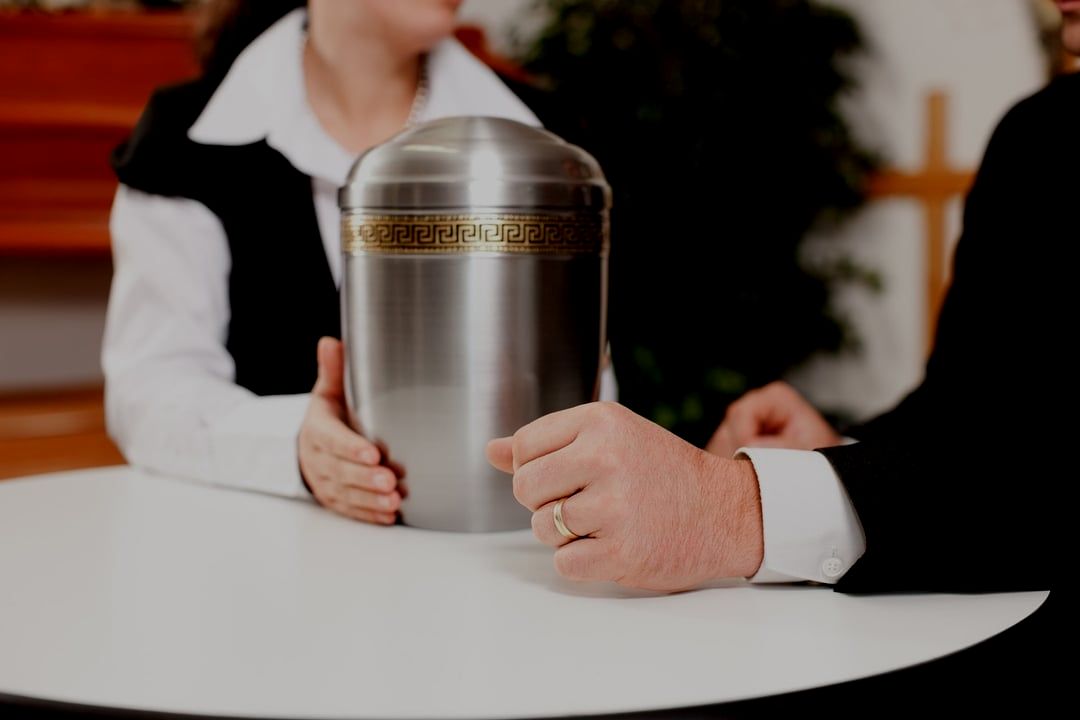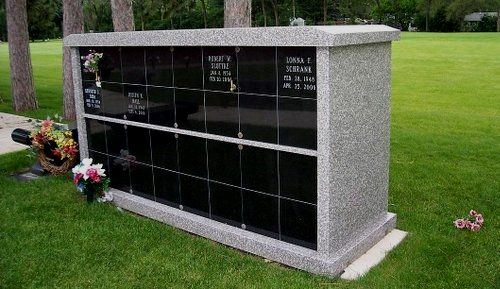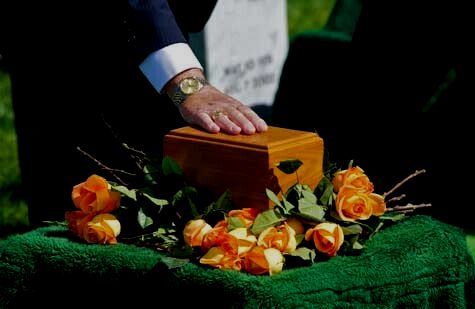Cremation Services
If your family has chosen cremation, we offer affordable services that help celebrate the life of your loved one while giving you several options for a public gathering, and a final resting place.
Traditional Funeral Service followed by Cremation
Many families find meaning and beauty in a traditional funeral service. With a traditional service combined with cremation, you can still choose to have a final viewing, visitation or wake, and a funeral service. However instead of in-ground burial, the funeral will be followed by cremation. Depending on your wishes, the cremated remains may be either returned to your family for storage in an urn, scattered, or interred in a columbarium. This option will include fees for the funeral services as well as the fees associated with the cremation itself.
Memorial Service
The memorial service can be held in our chapel, a church, or any other venue the family chooses. We work with our families to design a service that honors their loved one with stories, music, or scripture. We also have life celebrants that lead services where clergy may not be chosen. Our celebrants are trained in creating experiences that help start the healing process.
Graveside Service
A graveside or committal service is typically held immediately following the funeral service but it can also be a small intimate gathering of those closest to you.
Cremation Service
Our staff will help you decide on the type of gathering or ceremony, if any, that will best suit you and your family's wishes. We will assist you with choices of final disposition such as burial of the cremated remains, scattering, placing them in a niche, or keeping them at home.
Personalization Memorialization
Frequently Asked Questions About Cremation
Should I choose Burial or Cremation?
Burial in a casket is the most common method of disposing of remains in the United States, although entombment also occurs. Cremation is increasingly selected because it can be less expensive and allows for the memorial service to be held at a more convenient time in the future when relatives and friends can come together.
A funeral service followed by cremation need not be any different from a funeral service followed by a burial. Usually, cremated remains are placed in urn before being committed to a final resting place. The urn may be buried, placed in an indoor or outdoor mausoleum or columbarium, or interred in a special urn garden that many cemeteries provide for cremated remains. The remains may also be scattered, according to state law.
What can be done with the cremated remains?
With cremation, your options are numerous. The cremains can be interred in a cemetery plot, i.e., earth burial, retained by a family member, usually in an urn, scattered on private property, or at a place that was significant to the deceased. (It would always be advisable to check for local regulations regarding scattering in a public place-your funeral director can help you with this.)
Today, there are many different types of memorial options from which to choose. Memorialization is a time-honored tradition that has been practiced for centuries. A memorial serves as a tribute to a life lived and provides a focal point for remembrance, as well as a record for future generations. The type of memorial you choose is a personal decision.
What is memorialization for a cremation?
You might choose ground burial of the urn. If so, you may usually choose either a bronze memorial or monument. Cremation niches in columbariums are also available at many cemeteries. They offer the beauty of a mausoleum setting with the benefits of above ground placement of remains. Many cemeteries also offer scattering gardens. This area of a cemetery offers the peacefulness of a serene garden where family and friends can come and reflect.
Can we scatter the cremated remains?
If you wish to have your ashes scattered somewhere, it is important to discuss your wishes to be scattered ahead of time with the person or persons who will actually have to do the cremation ashes scattering ceremony, as they might want to let your funeral professional assist in the scattering ceremony. Funeral directors can also be very helpful in creating a meaningful and personal ash scattering ceremony that they will customize to fit your families specific desires. The services can be as formal or informal as you like. Scattering services can also be public or private. Again, it is advisable to check for local regulations regarding scattering in a public place-your funeral director can help you with this.
If I am cremated, can I be buried with my spouse even if he or she was in a casket?
Yes. Depending upon the cemetery's policy, you may be able to save a grave space by having the cremains buried on top of the casketed remains of your spouse, or utilize the space provided next to him/her. Many cemeteries allow for multiple cremated remains to be interred in a single grave space.




